I am trying to fit this data to a weibull distribution:
My x and y variables are:
y <- c(1, 1, 1, 4, 7, 20, 7, 14, 19, 15, 18, 3, 4, 1, 3, 1, 1, 1, 1, 1, 1, 1, 1, 1)
x <- c(1, 2, 3, 4, 5, 6, 7, 8, 9, 10, 11, 12, 13, 14, 15, 16, 17, 18, 19, 20, 21, 22, 23, 24)
The plot looks like this:
I am looking for something like this: fitted plot
and I want to fit a weibull curve to it. I am using the nls function in R like this:
nls(y ~ ((a/b) * ((x/b)^(a-1)) * exp(- (x/b)^a)))
This function always throws up an error saying:
Error in numericDeriv(form[[3L]], names(ind), env) :
Missing value or an infinity produced when evaluating the model
In addition: Warning message:
In nls(y ~ ((a/b) * ((x/b)^(a - 1)) * exp(-(x/b)^a))) :
No starting values specified for some parameters.
Initializing ‘a’, ‘b’ to '1.'.
Consider specifying 'start' or using a selfStart model
So first I tried different starting values without any success. I cannot understand how to make a "good" guess at the starting values.
Then I went with the SSweibull(x, Asym, Drop, lrc, pwr) function which is a selfStart function. Now the SSWeibull function expects values for Asym,Drop,lrc and pwr and I don't have any clue as to what those values might be.
I would appreciate if someone could help me figure out how to proceed.
Background of the data: I have taken some data from bugzilla and my "y" variable is number of bugs reported in a particular month and "x" variable is the month number after release.

